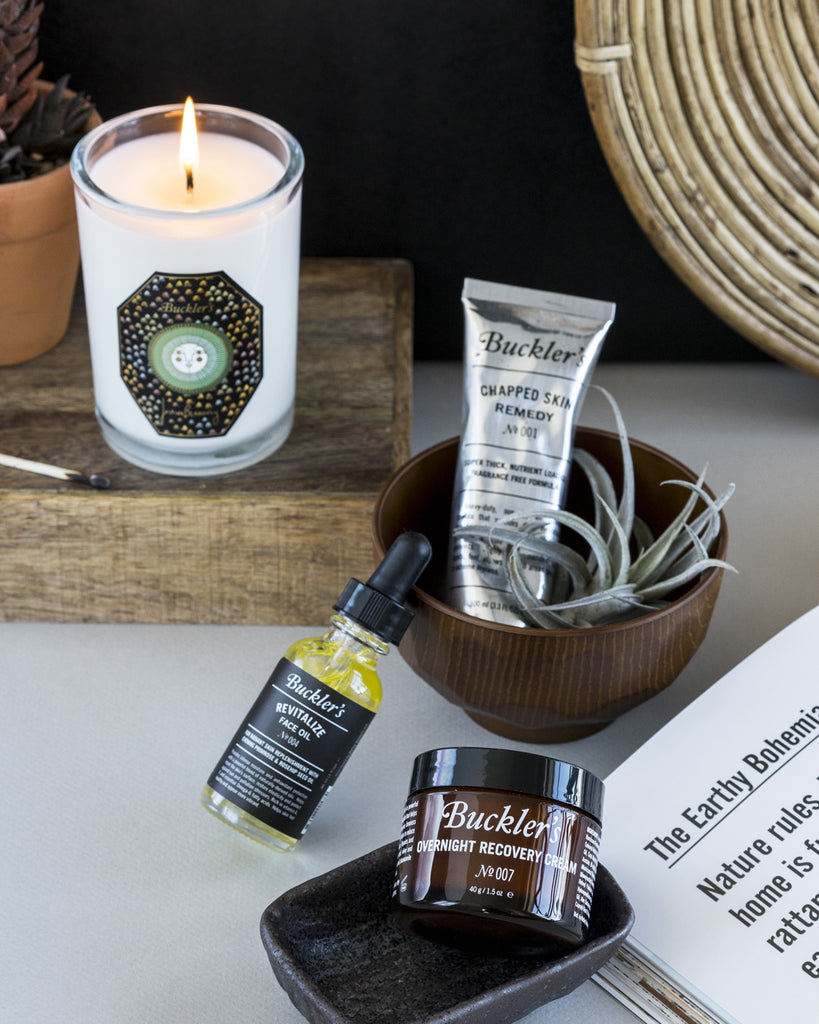Your Skincare Ingredients Deciphered: How To Read Your Product Labels

How well do you know your favorite skincare product? The one you use on at least a daily basis? More and more people are paying attention – it’s reported that 59% of American women are reading product labels before purchasing them.
We know that deciphering what’s in your skincare products can feel daunting. They often include intimidating words you’ve never heard of (like what on earth is tetrahydrodiferuloylmethane?!).
But that’s why we’re here to help, with four quick tips on reading product labels. Now you’ll know what you’re buying and what exactly it does (it turns out that tetrahydrodiferuloylmethane sounds scary but is actually used for skin lightening and is packed with antioxidants and anti-inflammatory benefits).
1) Check the (entire) list of ingredients
Ingredients at the top of the list have the largest amounts in the product. The lower on the list the ingredient, the less of it is in the product. That being said, certain active ingredients require only small amounts to be present in order to work and as a result, end up near the bottom of the list.
2) Always check the expiration date
It may seem obvious but products do not stay good forever. All products should include a number next to the letter ‘M’ (6M, 12M, etc.). This stands for the number of months the product is good for (six months, 12 months, etc.).
Products with shorter lifespans often include more natural ingredients and contain less preservatives, though preservatives aren’t all bad. Water-based products have to have some kind of preservative in order to keep it from going bad.
3) Look up what you don’t know
There’s no shame in googling the ingredients on your product label. You have a right to know what’s going on your skin.
Here’s a quick cheat sheet of some common ingredients in skincare that (let’s be real) no one knows what they are or what they do. Except now, you do.
4) The acne factor
95% of all people will experience acne in their lives and Americans alone spend over 1.4 billion dollars a year on acne treatment products. We all want good skin, which is why we have to be careful about what skincare products we buy.
Labels can be tricky – a label that reads ‘dermatologist tested’ isn’t the same as ‘dermatologist endorsed.’ Simply because a product is dermatologist tested doesn’t mean that dermatologists recommend it. If they do it will say ‘dermatologist endorsed.’
Not to mention that lots of products that do treat acne aren’t labeled with ‘acne’ because of FDA-specific regulations and requirements, but still get the results you’re looking for. Ingredients like benzoyl peroxide, salicylic acid, alpha hydroxy acids, and sulfur all treat acne and may be used in skincare products that aren’t marketed as acne treatments.
--
